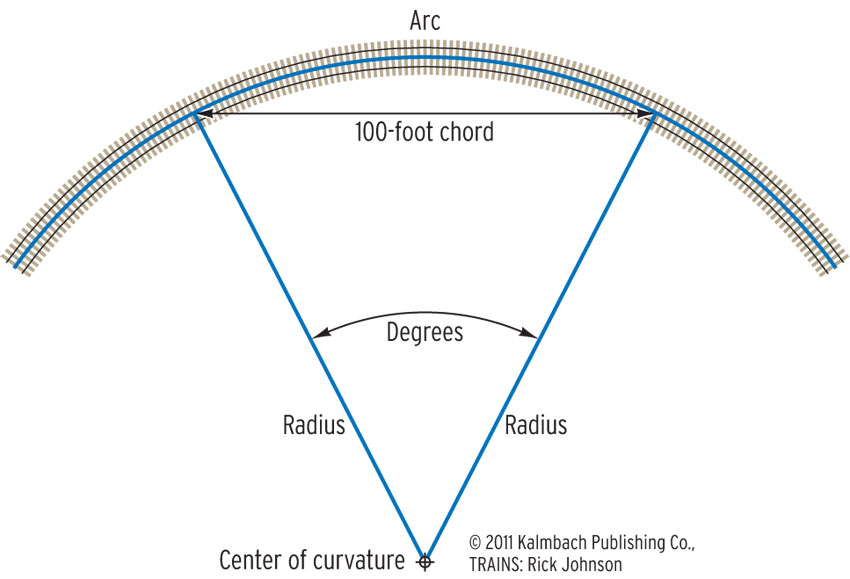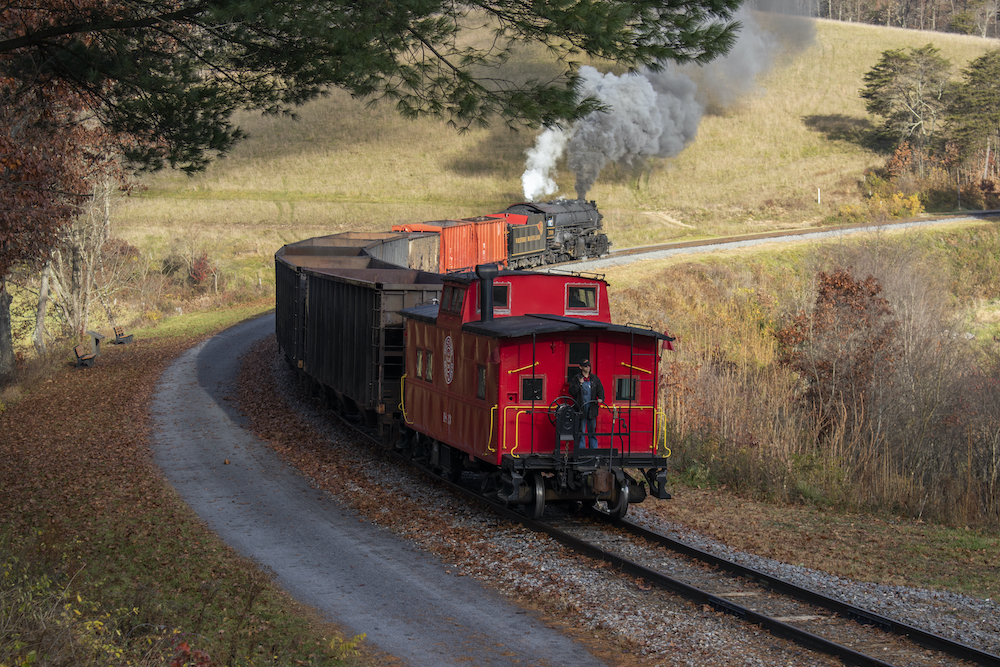Blutorse4792
Now T:ANE I can get into
Below are two snippets from an old track chart, specifying the width and alignment (or rather, the "alinement") of the right-of-way:


The listed widths are fairly self-explanatory, but I'm at a bit of a loss as to how to interpret those curvature/radii measurements... Mathematics were never my favorite subject in school, you see
Are there any resident geometry buffs who might be so kind as to help me make some sense of this?
Thank you!


The listed widths are fairly self-explanatory, but I'm at a bit of a loss as to how to interpret those curvature/radii measurements... Mathematics were never my favorite subject in school, you see
Are there any resident geometry buffs who might be so kind as to help me make some sense of this?
Thank you!


